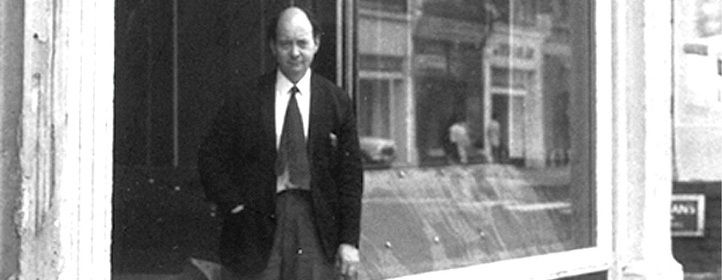ACROSS THE MERSEY....
- Cleaners HQ
- May 7, 2022
- 4 min read

To Liverpool, to make a short film documentary about how those Beatles affected my young life. I never like to waste a journey and so I'd asked the film's director, James Sharp if we could set up a gig as well. With only about a week's notice, we managed to secure a Friday night at Future Yard, just over the Mersey at Birkenhead, ten minutes drive away from central Liverpool .
Schedule-wise this was chancing it. We were facing what looked liked a long shoot. The idea was for me to do pieces-to-camera at 15 or 16 classic Beatles locations, starting at 8.00 am, wrapping no later than 4.00pm. We set out on foot, beginning with the bronze statue of Eleanor Rigby. Unbelievably, this piece was actually designed and made by the entertainer, Tommy Steele.
Now we filmed the statues of Cilla Black, John Lennon and the Beatles themselves. Our odyssey took in the Cavern Club, Liverpool Museum, Mathew and Stanley streets, the Docks and the River Mersey. Setting the Satnav and buckling in, we then went further afield to Penny Lane, the gates of Strawberry Fields, George Harrison's childhood home, Paul McCartney's house and John Lennon's Aunt Mimi's in Menlove Avenue. We finished with shoots at St Peter's Church, Woolton, Eleanor Rigby's gravestone and the church hall where John and Paul first met.
As we walked, dazed out of this final location, just over the road, we caught sight of an exact replica of Lennon's famous psychedelic-painted Rolls Royce. Like one of those culture vultures 'doing Europe' who passes out in front of the Mona Lisa, by now I was undergoing beauty fatigue. I'd lost track of time and was shocked to discover that it was only just after 2.00 pm. We'd completed the entire mission in six hours.
To go back to the beginning, however. In summer of 1963, when I was just 10 years old, my family moved to Chester, 20 miles down the road from Liverpool. For the Beatles at this time, Chester was still on their gig circuit. They played in the city four times during 1962 and for the final time in May 1963. In Chester they were still considered very much 'our' Beatles. It was also in Chester, the following summer, that I saw the film A Hard Day's Night. It changed my life. As I emerged blinking into the afternoon sunlight, I realised what it was that I wanted to do, rather than growing up. Shortly afterwards, I learned that my military dad had been commissioned and that the family would soon be posted to the Far East. By now I’d started at secondary school. Just before I left England, with it being autumn half-term, an older lad offered to sneak me into the school dance to see my first-ever beat group.
As a First Year pupil I shouldn't have been allowed in there at all. But they somehow smuggled me in, warning me to stay in the shadows beside the stage. A group called The Deacons came on. They were long-haired, with shiny shirts, red electric guitars and a sparkly drum kit. They smoked cigarettes onstage and, between songs, swigged from bottles of cola. They just didn’t care. Their music was the loudest most exciting thing I'd ever heard. The whole spectacle transfixed me. On the way home through the frosty streets, an older lad walking with me asked. "What did you think of that then, our kid." I was so stunned I was unable to speak.
By Christmas 1965, aged 12, I was in Nee Soon Garrison, Singapore with a 45-dollar guitar, struggling with my first chords. Now, many decades later, I'm standing by a psychedelic Rolls Royce in front of the dark magnificence of St Peter's Church, Woolton. How did I get here? As we filmed in the churchyard, one of the church's custodians, came over to ask whether he could help. He really was helpful, too. We talked sandstone quarries, 19th century Irish immigrants, Gothic Revivals, lychgates and more. Then he cut to the chase: "Would you like me to unlock the hall where John and Paul first met?" he asked. Open-mouthed, we followed him over the road.
It wasn't the dilapidated wooden church hut which I’d expected. It was a gymnasium-sized Victorian hall; sturdy old brick and mortar with high windows. Our guide stood near to where the original stage had been. "This was roughly the spot." he said. The camera was hurriedly set up for me to comment. Words nearly failed me. Here, after all, was where Lennon met McCartney, a place now pivotal to 20th century cultural history. I'm proud to say, however, that throughout the whole jaunt, I'd resolutely refused to use the word 'iconic'. And I wasn't about to start now. Instead I gave a brief, quietly reverent piece-to-camera. And then we wrapped. All I can say is that Liverpool is immensely proud of its Beatles. So it should be. What a lovely city it is.










Comments